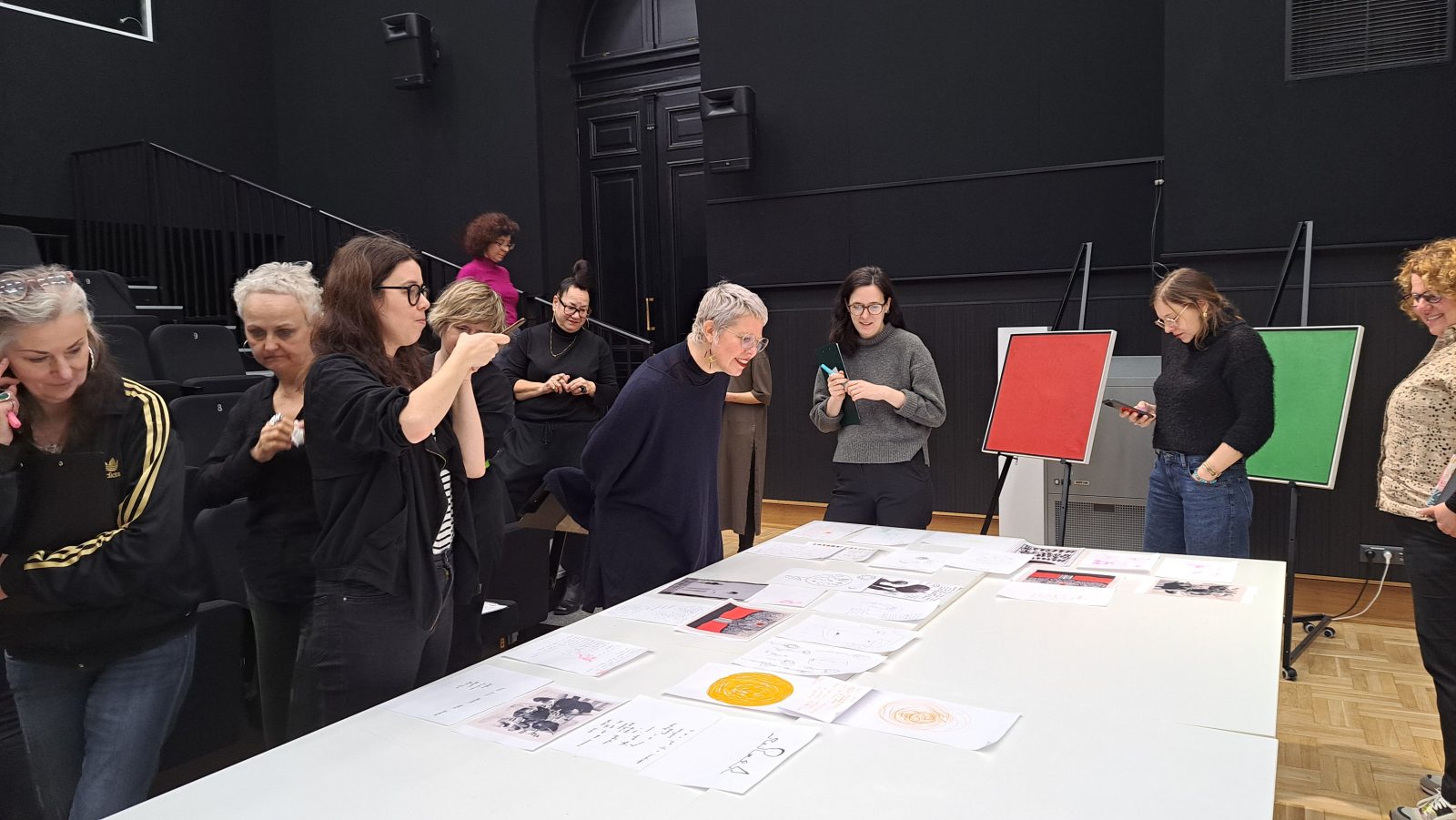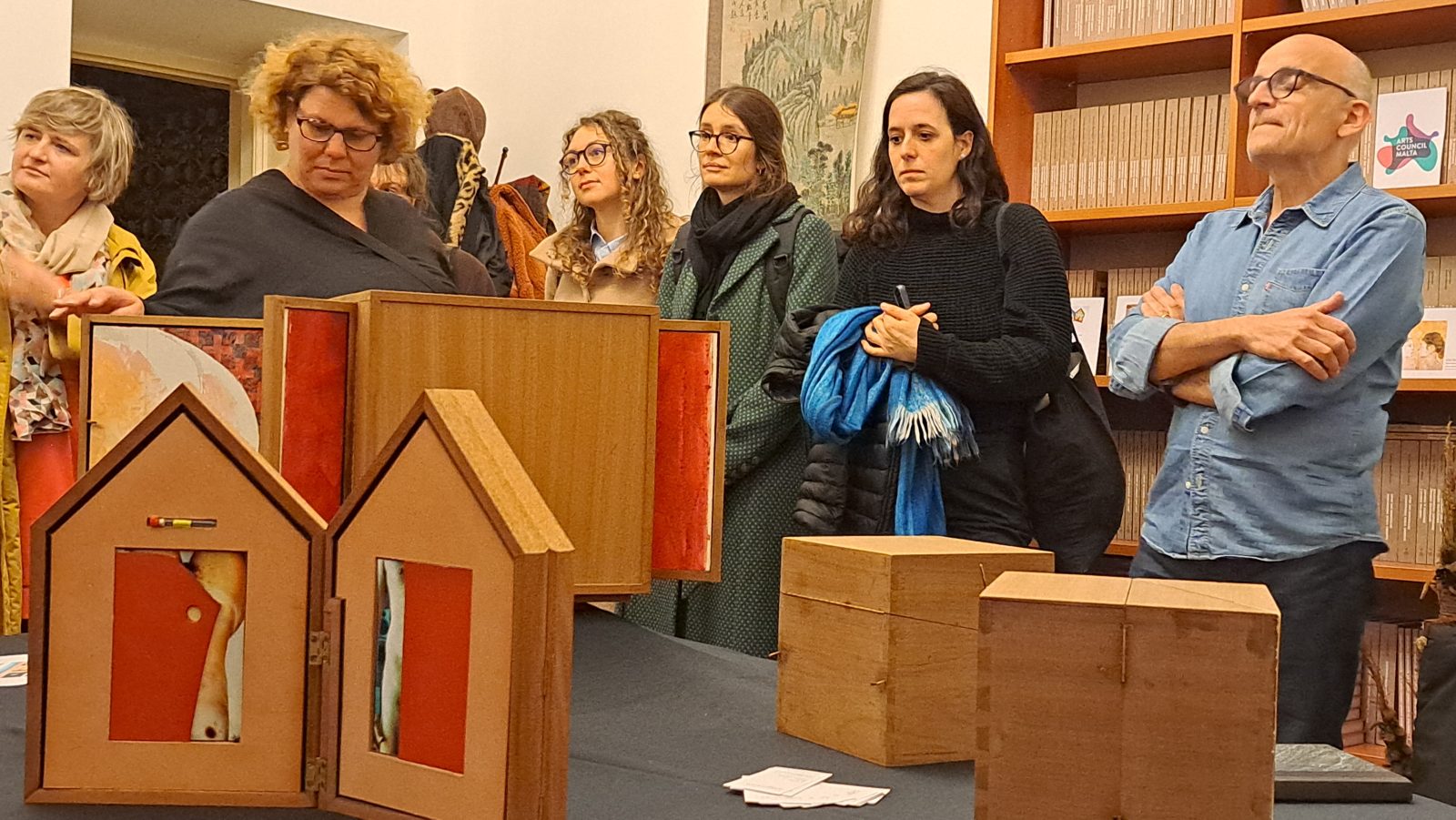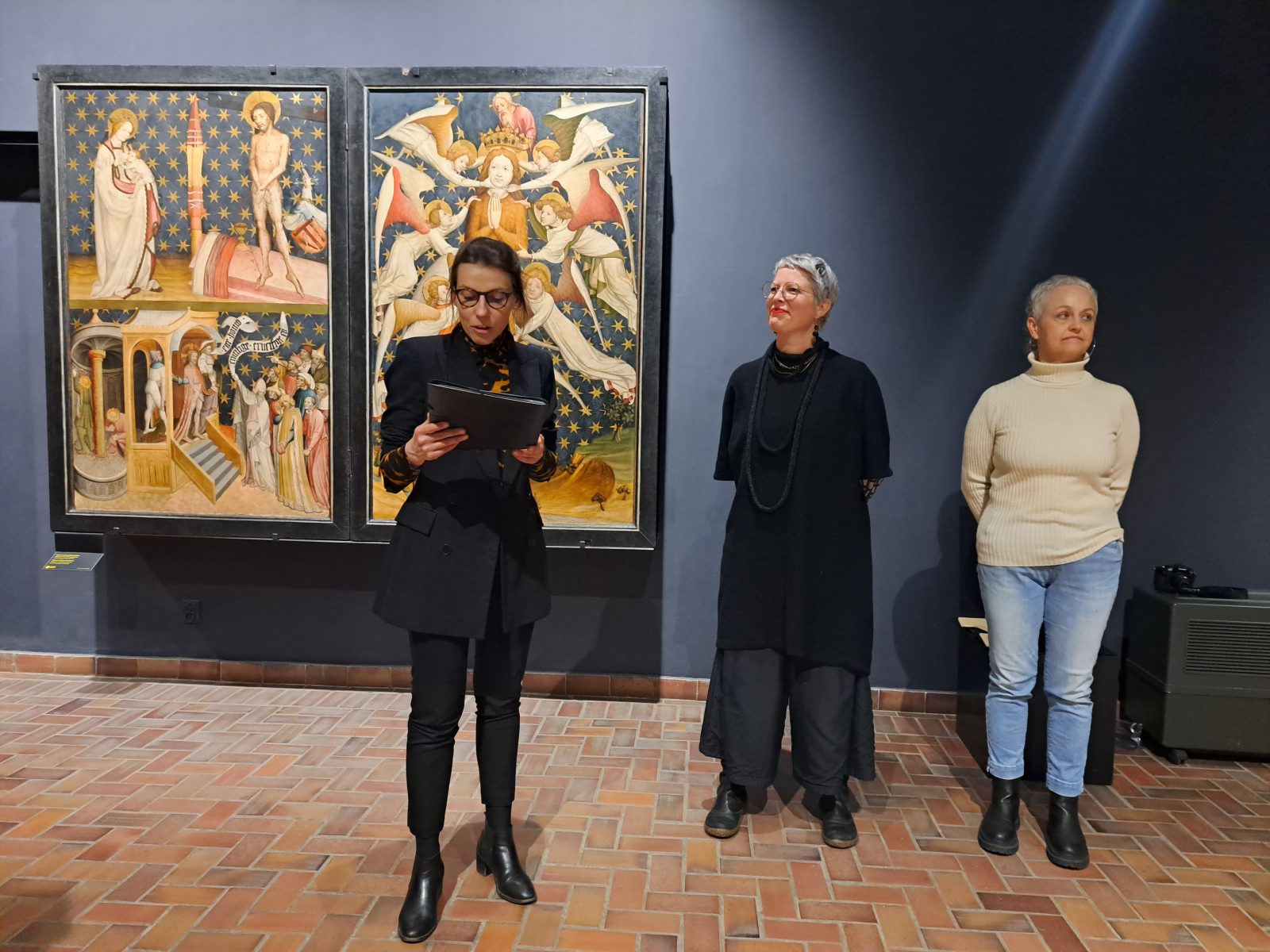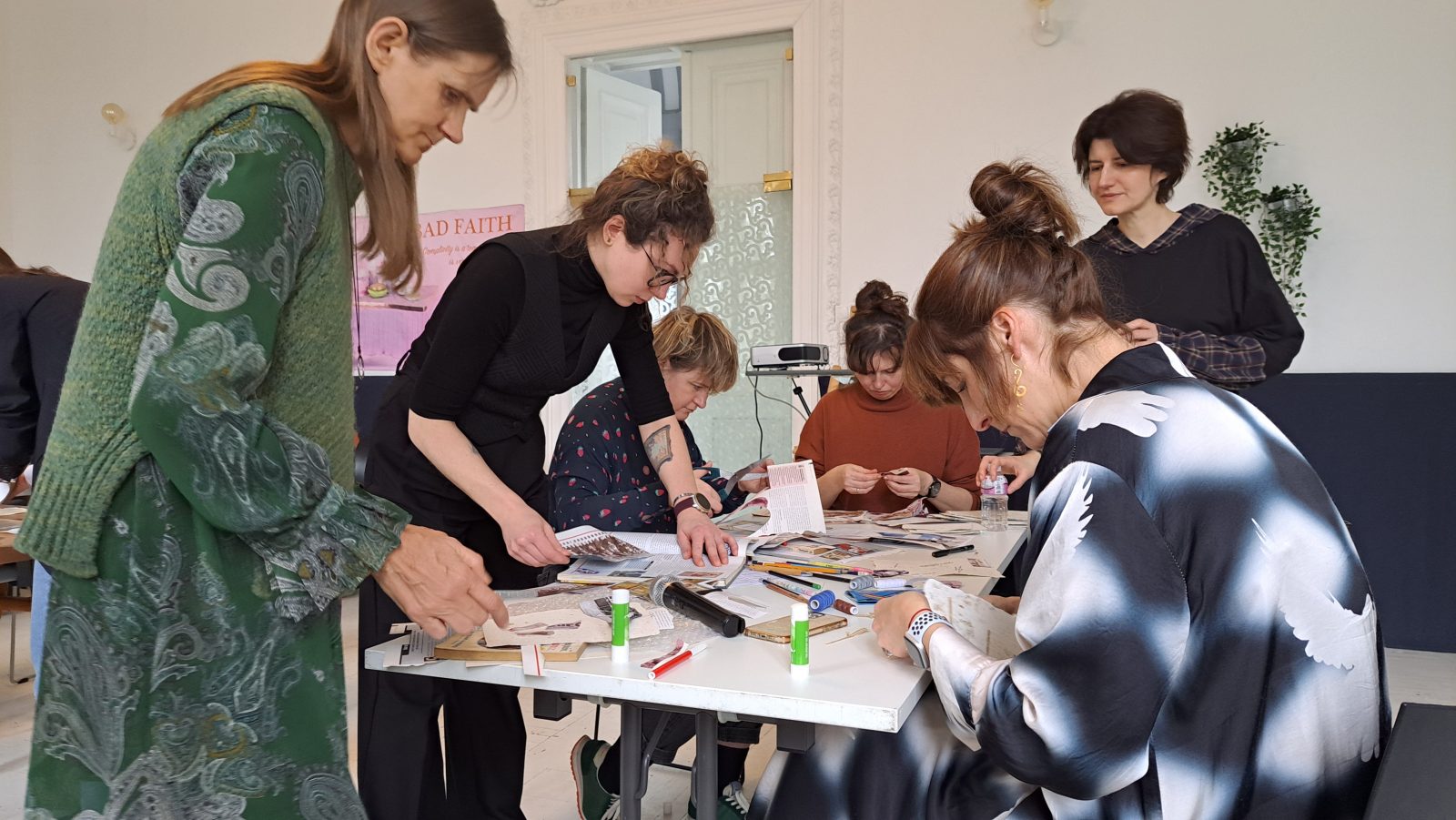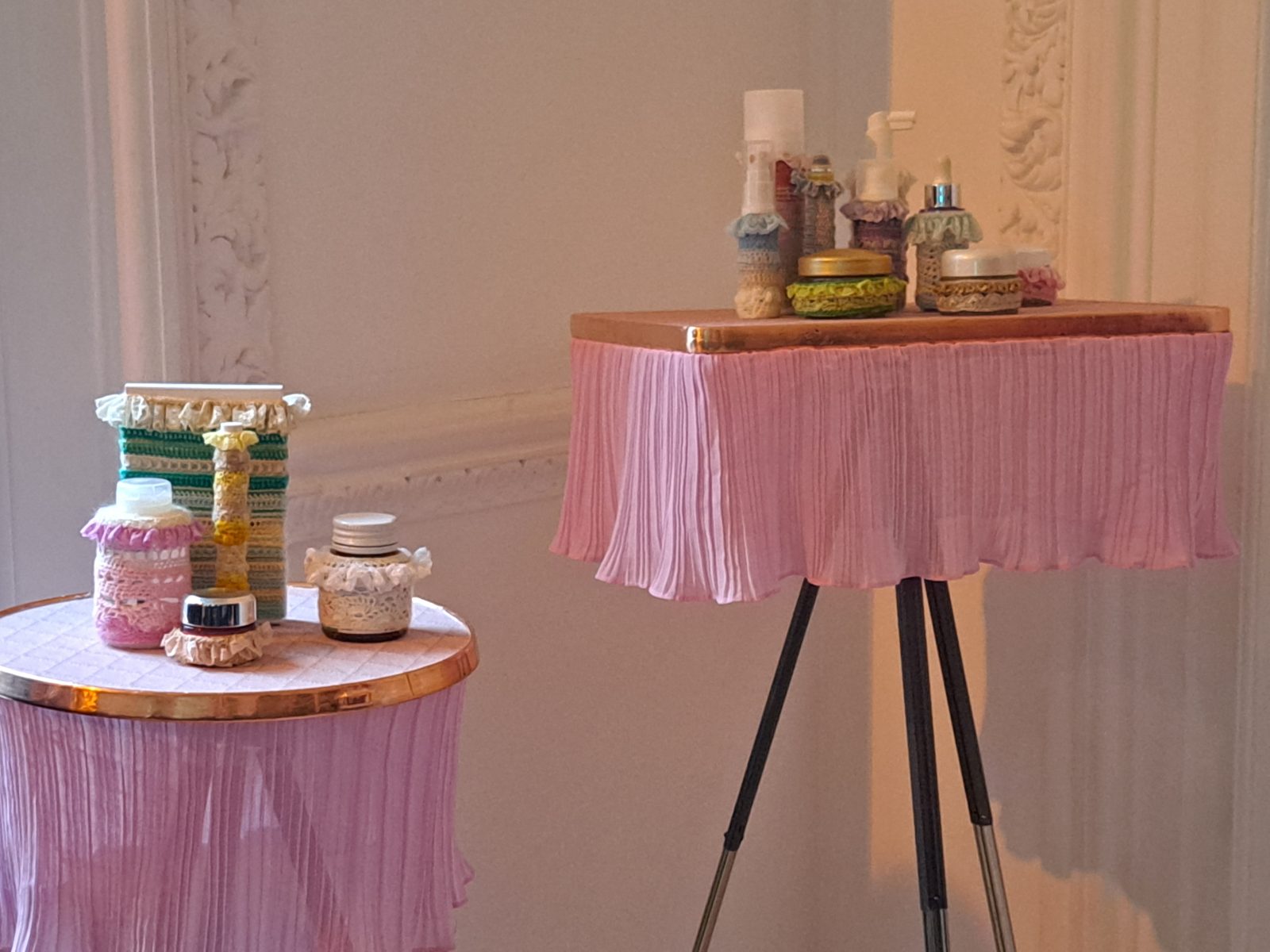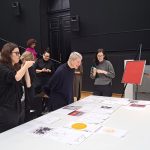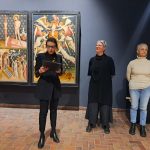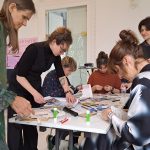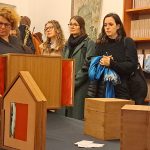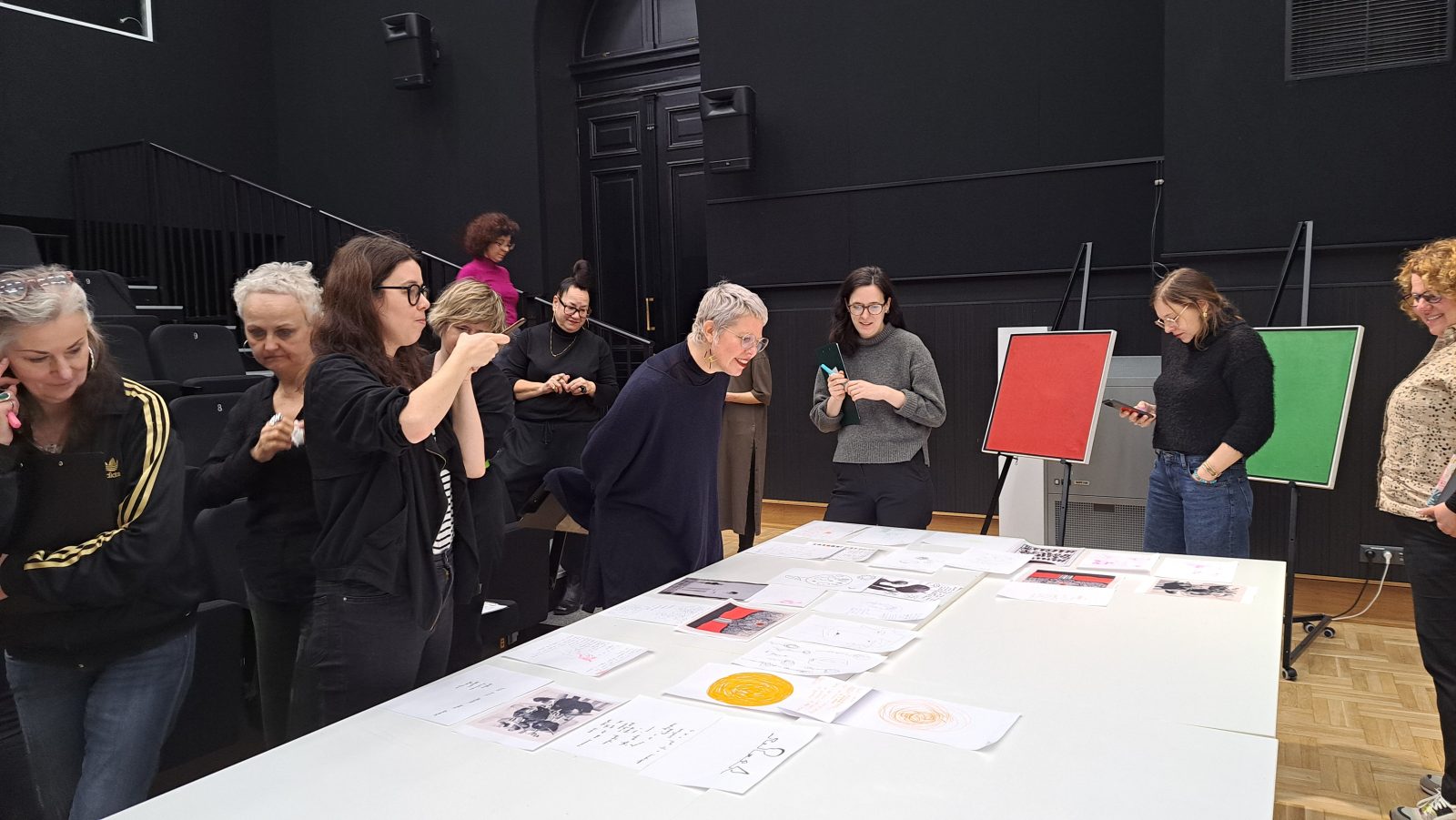
Conference report. The Lost-and-Found. Revisiting Art Stories in search of potential change.
The second of three international conferences, “The Lost-and-Found. Revising Art Stories in Search of Potential Changes” was held on 21-23 March 2024. The event resulted from the collaboration of three institutions of higher education: the University of Wrocław, Universidade Nova de Lisboa, and the Polish Institute of World Art Studies. A detailed report of the first meeting, which took place from 6-7 December 2023 in Lisbon, can be found in “Art and Criticism” journal (2024, no. 1). The conference in Warsaw took place in three locations: the SARP headquarters at Foksal, the National Museum at Aleje Ujazdowskie, and the National Gallery of Art at Plac Małachowskiego. The excellent cooperation of these institutions contributed significantly to the diversity of the program. Being close to works of art stimulated the imagination of participants, fostering their reflection on the causality of the cultural texts. It proved to be a significant added value. The final conference of the scheduled three will take place in Riga in early June this year. See the conference program for detailed information. It is available at https://thelostandfoundlisbon.weebly.com and on the official website of the Polish Institute of World Art Studies.
The meetings centered around Wisława Szymborska’s poem Przemówienie w biurze rzeczy znalezionych that was translated into English by Stanisław Barańczak and Clare Cavanagh as A Speech at the-Lost-and-Found. The particular focus of the conference in Warsaw was the concept of “siblings,” which the poet broadly interpreted as lost relationships and connections with the world (“My siblings died the day I left for dry land”). Within this thematic framework, there was a need to tackle the issues such as:
- Alliances, affiliations, and relations between humans, non-human beings, and other-than-human things – within a post-secular approach that breaks down the distinction between spirituality and religiousness; objects and spaces (real, historical as well as virtual/digital), which enable such alliances (and their potential to dispute the worn-out narratives and meanings)
- Innovative and latent environments for art circulation, reception and audience participation, for example, artivist women’s collectives, artist-led cooperatives, self-organization, and contemporary nunneries
- The role of arts in fostering potential new audiences and non-blood bonds as well as creating an alternative understanding of the commons. Also, seeing cultural works as means of enabling relations between humans, animals, plants, and precious objects which have passed away.
The event aimed to recognize the binder in today’s artistic endeavours, which emerges from the system of beliefs and faith defined as a post-secular approach. This perspective prioritizes values transcendent to the human world, which by implication enable us to leave the confines of the Anthropocene. The poster and invitation for the exhibition were designed by Dominika Łabądź from the Academy of Art in Szczecin. The design was based on the exhibition’s logotype, which features a photograph of Karolina Freino’s work depicting a statue of Emma Goldman.
As in Lisbon, workshops played a major role in shifting participants’ mindsets to an attitude full of care and empathy. They were led by the following artists: Dominika Łabądź at Zachęta National Gallery of Art as well as Kirsten Stromberg (from Syracuse University in Florence) and Benedetta Manfriani at the National Museum. Łabądź politely prompted people to reflect intuitively and personally on the gallery’s collection (exhibited with particularly exciting pieces in the cinema room, picture number 1). On the other hand, Stromberg and Manfriani led a workshop in front of the gothic Winterfeld’s diptych, where they encouraged the usage of “sound gestures” to express one’s relationship with the reredos through choreography and the voice of own body (picture number 2).
Meanwhile, a workshop on collaborative bookmaking was held at the SARP headquarters, prepared by Katarzyna Zimna from Łódź University of Technology (picture number 3). During the event, exercises in “unmaking” and “undoing”, arranged by Catherine Dormor of London’s Westminster School of Arts, were performed. They included, for example, unraveling the thread stitch. The conference featured as many as two exhibitions: the first one by British artist Paula Chambers (Bad Faith: Complicity is a Temptation That Is Very Hard to Refuse, picture number 4) and the second one, held by Maltese artist Lawrence Buttigieg (Yearning the Unfindable, picture number 5). The latter was an attempt to revive the reliquary form for secular love.
Another important event worth mentioning is the guided tour of the National Museum’s Gallery of Medieval Art by Agnieszka Patala (from the University of Wrocław). Her presentation focused on the materiality and causality of things (Devotional Objects and Companions to Everyday Life). Along with an exhibition by Patrycja Łobodzińska and Katarzyna Sinoracka, entitled Powiadacze, Dialog między sztuką współczesną a średniowieczną (the Gallery of Medieval Art of the National Museum in Poznań), this was a fascinating attempt to go beyond traditional art history that is based on the study of specific “periods”. Instead, it aimed to create a heterochronic story that is closer to the sensibility of the contemporary viewer. The transgression of temporal boundaries in contemporary research is based on the conviction that universal time correlated with geography, based on the centre/periphery dichotomy, introduces unfair hierarchies. These hierarchies, in turn, prevent the appreciation of many artists from “provincial” areas, defining them most often as “secondary”.
During the event, threekeynote speakers were supposed to give speeches, thus more time was reserved for them in addition to the usual presentations. Katve-Kaisa Kontturi from the University of Turku spoke about feminism and relationships (The feminist art of relationships: Collectivity and transhuman issues). Tal Dekel from Kibbutzim College in Tel Aviv gave a speech entitled Art, Transnationalism and Temporality in contemporary Israel. Lastly, Małgorzata Radkiewicz from Jagiellonian University gave a lecture on women entitled Opowiadanie historii kobiet z postludzkiej i nie-ludzkiej perspektywy. The lectures’ methodology mostly drew from feminist studies and included a variety of approaches such as new materialism (including material participation), affectivity, speculative fiction, and situated knowledge. The importance of ideas such as radical generosity, radical sympathy, yearning, and unlearning were emphasized in constructing knowledge beyond the patriarchal habits that have become dominant. Among the most referred female scholars and creators were Donna Haraway, Rosi Braidotti, Maria Puig de la Bellacasa, Trinh T. Minh-ha, and Lauren Fournier. Gabriela Saenger Silva from Liverpool John Moores University proposed constructing knowledge as “auto-theory and an archaeology of the self”, drawing from the methodology proposed in the book of the last-mentioned author, entitled Autotheory as Contemporary Feminist Practice: Performing Theory in Post-1960s Feminist Art, Literature, and Criticism (2019).
One of the new and increasingly popular formats for presenting research was used by Marta Kudelska from Jagiellonian University. Namely, she came up with the fictional curator Ernesta Thot for her purposes and created a movie about her. It was the film, not the lecture, that Kudelska showed at the conference. Ernesta Thot is a kind of ghost, who thinks that modern art has alchemical and magical roots. Kudelska has been working on a speculative reconstruction of this character’s life for several years. This project is not only an attempt to explore the relationship between modern and contemporary art and romantic, alchemical and magical traditions but also a question about the potential of using art based on fiction, imagination and confabulation for historical and scientific research, while still drawing on the reality around us.
At the end of the conference, Keni Li from the University of Glasgow presented on the topic of digital archives in the era of artificial intelligence (AI). Indeed, the increasing use of AI has broken down traditional methods of recording art archives and introduced new ways of reconstructing and representing them. Some scholars are even concerned that the increasing reliance on AI turns art history and art archives into a meaningless and superficial collection of random fragments. However, as the researcher argued based on her analysis of the works of Turkish-American artist Refik Anadol, particularly his works Archive Dreaming (2017) and Unsupervised-Machine Hallucinations (2022), the new paradigm of representing the art archive should not be viewed merely as a loss.
The third instalment of the conference will focus on the creative development of a passage from Szymborska’s poem, in which the poet writes, “I’m not even sure exactly where I left my claws, / who’s got my fur coat, who’s living in my shell”. Hence[AĆ4] , the formulated expectations for the submissions are entitled Claws, Fur, and Shell. The organizers wish to discuss the following topics:
- The role of materiality in creating, performing and using (safe, hospitable and shared) refugia; the agency of matter in building inclusive and holistic relationships
- The ability of matter to act sensorially, affectively as well as to support the safe disclosure of individual fragility and vulnerability
- Textures and textiles, weaving communities and enabling novel and alternative ways of seeing and imagining in sensitive responses to current urgencies and crises.
Full information on the Riga conference and expected submissions can be found on the website of The Art Academy of Latvia: https://www.lma.lv/en/actual-3/-call-for-papers-international-symposium-the-lost-and-found
Madara Kvēpa’s artwork, created as part of a workshop led by Katarzyna Zimna in Warsaw, showcases a new approach to research methodologies in the field of art and art history. The artwork was created in a language that does not (yet?) exist. Although the record seems to wait for a new Champollion, it expresses a belief in the future rather than the past. This belief assumes that we will discover a new set of syntactic and semantic rules that will enable a more empathetic understanding of the world rather than seeing it in terms of exploitation.
Translated by Amelia Ćwikła (student of English Studies at the University of Wrocław) as part of the translation practice.
